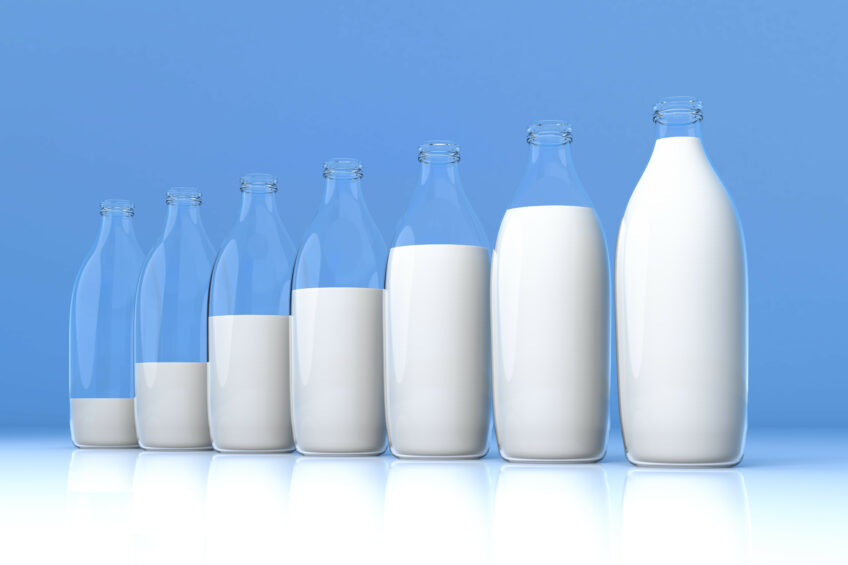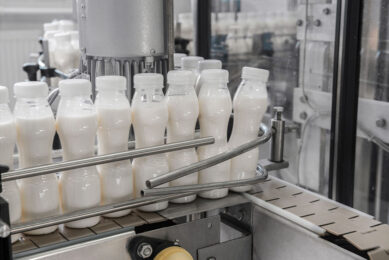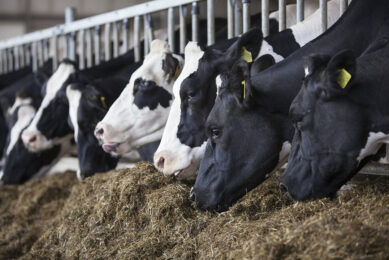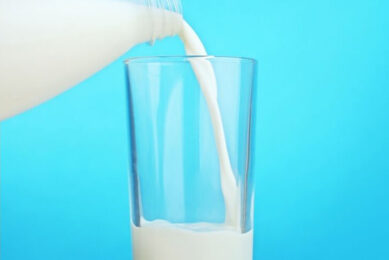FAO: More milk and more international trade

World milk output in 2018 is forecast to increase, with expected higher yields and stable-to-rising dairy herd numbers, supported by favourable weather and improved producer margins.
This is according to the July Food Outlook, published by FAO. The FAO also forecasts that global trade in milk products is foreseen to rise this year, underpinned by increased volumes of all main dairy commodities.

Milk prices have rebounded
Increased export availabilities, especially in the Northern Hemisphere, weighed on international dairy prices during the last quarter of 2017, bringing the FAO Dairy Price Index (2002-2004=100) down to a 16-month low in January 2018. Since then, prices have rebounded, rising by 18.5% between January and June, with the upturn sustained by all major dairy products, especially butter and cheese, the prices of which soared, underpinned by limited supplies and sustained domestic and import demands.
Milk output to increase
Reflecting a general expansion of output in most producing countries, in particular India, the EU, the United States and China, global milk production is forecast to increase to 829 million tonnes in 2018 – expanding by 16.7 million tonnes, or 2.1%, from 2017 and registering its fastest growth since 2014. Except for droughts in parts of South America and Africa, weather has been favourable in most regions, benefiting pasture growth. Furthermore, with higher farmgate prices and/ or lower feed costs, producer margins have improved in most of the major milk producing regions. These factors are anticipated to result in higher milk per cow yields and larger or stabilised dairy herd numbers, boosting global milk production this year. Policy driven strategies, such as the National Ingredient Strategy in Canada, and the farm consolidations underway in China and the Russian Federation, are also contributing to the global expansion.
International trade to grow
International trade in milk products is forecast to increase by 2.5% in 2018, to 73.5 million tonnes, largely fuelled by rising imports by China, Algeria, Mexico and Viet Nam, which would more than offset the anticipated declines in the Russian Federation, Brazil, the EU and the United States. A substantial share of the higher volume of imports mirrors strong demand from the middle to higher-income populations, driven by rising per capita incomes and changing lifestyles and food habits. The EU, the United States, New Zealand, Australia, Argentina and Canada are forecast to account for most of the increase in world exports. The trade is anticipated to expand across all the major dairy products, but in particular SMP and WMP, the exports of which are forecast to grow by 3.8% and 3.4%, respectively, faster than the anticipated 2.3% for butter and 1.8% for cheese.
Join 13,000+ subscribers
Subscribe to our newsletter to stay updated about all the need-to-know content in the dairy sector, two times a week.










